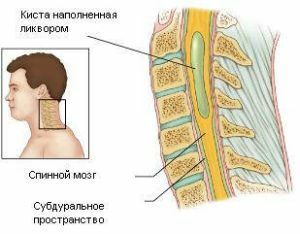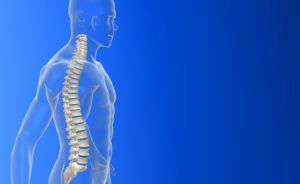 Spinal shock is a painful process, caused by damage to the spinal cord due to trauma. It appears as areflexia and lack of sensitivity below the point of defeat, less often 2-3 segments above it.
Spinal shock is a painful process, caused by damage to the spinal cord due to trauma. It appears as areflexia and lack of sensitivity below the point of defeat, less often 2-3 segments above it.
The process is reversible provided there is no rupture of neural connections and immediate medical attention. Otherwise, there is practically no chance of a full recovery.
Such violations can be obtained from road accidents, fights, falls from height or as a result of neglect of safety measures at the workplace during the production process. In the case of gunshot and stab wounds, spinal cord rupture is possible.
Contents
- Mechanism of development of the lesion
- lesion damage level
- spinal cord injury symptoms
- signs of spinal shock
- progression progresses First aid for spinal trauma
- Therapy methods
- Life after spinal cord injury
Mechanism of development of lesion
In response to a severe shock, the body begins to show protective functions. The work of nerve cells below the level of damage slows down, which allows deformed tissues and structures to recover, due to a decrease in their own activity.
Externally, you can observe the complete immobilization of the patient, lack of reflexes, uncontrolled emptying of the intestine and bladder, deprivation of sensitivity. Later there are paralysis and convulsions.
When the spinal cord breaks, there are two ways of the disease course. In the first case, damage invariably leads to neurological disorders.
In case of a functional violation, the probability of full recovery is preserved. Unfortunately, in the early days to determine the exact clinical picture is not possible.
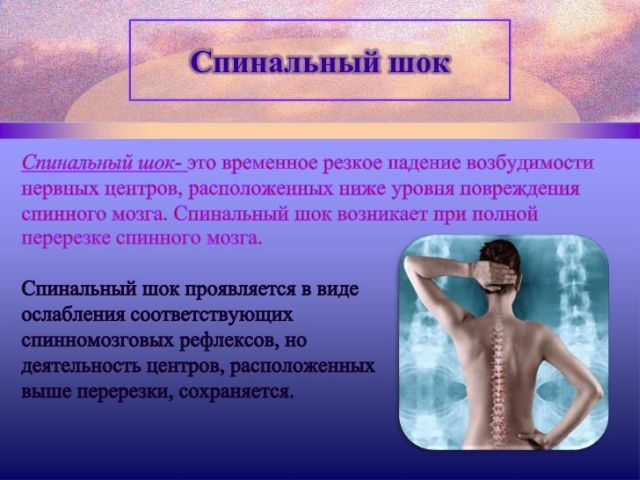
Spinal Cord Damage Levels
Depending on the point of impact, the symptoms of spinal shock and the duration of the rehabilitation period are radically different from each other.
Several levels of damage can be distinguished:
- The damage to the cervical section of is considered to be the most dangerous, since the risk of a lethal outcome varies between 30-75%.Occurs when squeezing, strong impact or due to strong muscle tension.
- When the spinal cord is damaged at the C1-C4 level of the vertebrae, the risk of death is reduced, but the patient is not able to continue to self-service, since the limbs are paralyzed. The patient's breathing is supported by an artificial lung ventilation device.
- If the level C5 of the is affected, the elbow joint can be flexed, in the case of a violation of the spine C6, the brush region remains active, with the injury of the C7 and C8 segments besides the above, the patient can flex and unbend fingers.
- The thoracic and upper thoracic parts of are associated with respiratory organs. The consequence of damage to these vertebrae is a worsening of breathing, as well as paresis and paralysis of the lower limbs. Lesions of Th3-Th5 levels lead to cardiac disruptions, disorders in the Th10-Th12 region are characterized by paralysis of the abdominal cavity, resulting in incontinence or retention of urine and feces, and in men for impotence.
- Injury of the lumbosacral level , less dangerous, as the patient is able to breathe independently. Patients remain able to self-service, the possibility of complete recovery remains. The higher the point of defeat, the greater the chance of returning to the old life.

Symptoms of spinal shock
When the spine is injured, the following abnormalities can be detected in the patient:
- symmetrical movement disorders in the event of a stroke;
- asymmetric disorders of movement with stab wounds;
- paralysis of limbs, lack of reflexes;
- difficulty breathing;
- sputum accumulation;
- malfunction of the pelvic organs and abdominal cavity;
- persistent muscle atrophy.
As the violation of
progressesThe clinical course of the disorder can be divided into 4 stages:
- Acute period .It lasts for 2-3 days. An outflow of blood occurs in the area of injury.
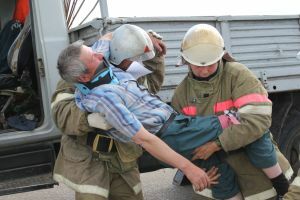 No sensitivity. If the conduction syndrome of the spinal cord is fixed, the chances of recovery are minimal.
No sensitivity. If the conduction syndrome of the spinal cord is fixed, the chances of recovery are minimal. - Early period of .Varies within 2-3 weeks. There is a gradual recovery, cicatrization of the injury site, blood circulation and movement of the cerebrospinal fluid are normalized.
- Intermediate period .Its duration does not exceed 4 months. Partly or completely returned lost functions, nerve fibers begin to regenerate. However, there are irreversible neurologic changes.
- Late period of .It should be after the interim period and can last up to several years. Characterized by the final stage of cicatrization, restoration of the roots of the horse tail. The work of healthy cells and fibers is aimed at the rehabilitation of the motor functions of the body. The active stage of healing lasts up to 6 months, then there is a sharp decline.
First aid for spinal cord injury
Before the arrival of an ambulance, the patient should not be allowed to move. Transportation of victims is carried out on boards or rigid stretchers. In this case, the patient is lying on his back or stomach. In case of damage to the cervical vertebrae, special tires or bandages are used for fixation.
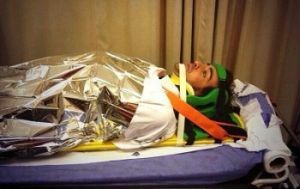 As with spinal injury, breathing can be disturbed, the mouth cavity needs to be cleaned, then remove the tongue, preventing its sinking and restoring air circulation in the lungs.
As with spinal injury, breathing can be disturbed, the mouth cavity needs to be cleaned, then remove the tongue, preventing its sinking and restoring air circulation in the lungs.
With spinal shock, the volume of blood goes beyond the vascular bed, which requires the introduction of dextrans. In the case of low blood pressure, atropine sulfate, dopamine and saline solutions are prescribed. Every 2-4 hours, methylprednisolone is given.
Every 1.5-2 hours the patient should be turned over. The patient is hospitalized in the neurosurgical department, where he undergoes long-term treatment. An important factor in the speedy recovery is the timely provision of specialized care.
Methods of therapy
Treatment includes both conservative and operational methods. In the first case, glucocorticoids are prescribed, the action of which is aimed at reducing edema, inflammation, anesthesia of the damaged area. 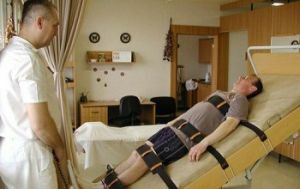
Muscle relaxants are used to maintain normal muscle tone. Surgical methods consist of removal of hematomas, bone fragments, restoration of the spinal column.
Under the rehabilitation period is meant the prevention of pressure sores, the return of lost functions, the prevention of congestive pneumonia. For this, physiotherapy, curative gymnastics, including respiratory exercises and various types of massage are used.
Of no small importance is the moral support and assistance in further adaptation. Some functions of the body will not be restored and not all patients are able to assess their strengths sensibly. During this period, support from relatives and periodic counseling of a psychologist is necessary.
Life after spinal cord injury
Despite the fact that in most cases timely help gives a chance to complete recovery, there are also traumas that do not leave the opportunity to live as before.
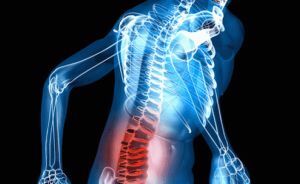 Forecast for the return of lost functions will be able to give the doctor after magnetic resonance therapy. With the rupture of neural connections, regeneration is impossible and the patient must accept this news, learn how to live anew.
Forecast for the return of lost functions will be able to give the doctor after magnetic resonance therapy. With the rupture of neural connections, regeneration is impossible and the patient must accept this news, learn how to live anew.
Otherwise due treatment will allow to restore the spinal cord cells, renew the links with the neighboring segments. Even after the completion of rehabilitation, patients should adhere to the following rules:
- proper nutrition, a healthy healthy sleep;
- maintaining a positive psycho-emotional state;
- periodic diagnostics;
- use of prescription drugs;
- various types of clinical therapy.
- maintenance of muscles in a tone, by regular physical exercises.
The complement of traditional medicine is ergotherapy. The essence of her methods is to help the sick in performing everyday household functions, overcoming the emerging difficulties.
Psychologists and sociologists work with patients. After passing such a course, a person is able to adapt to a new life, to find meaning in it.
.

